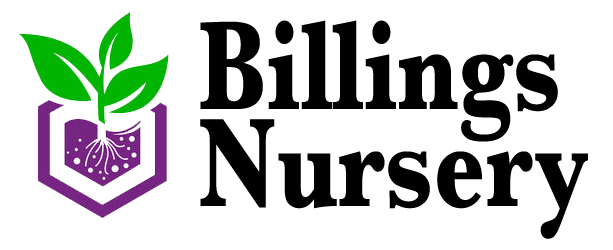Pruning Fruit Trees
The purposes for pruning fruit trees include:
1. Helping to control or direct growth
2. Shaping young trees
3. Helping to control insects and diseases
4. Removing dead or injured wood
5. Strengthening the tree structure
6.Modifying the production, size, and quality of fruit
7. Easier harvesting of fruit
8. Better coverage when spraying chemicals
The best time to prune fruit trees is either late winter or early spring.
Vase pruning (the tree is shaped to a short trunk of about 3’ with 3 or 4 main limbs, each of which has fully filled-out secondary branches) creates an open center allowing light to reach all branches. Vase pruning is always used with apricots, plums, and peaches. Semi-dwarf apple trees can be vase pruned, but the modified central-leader system (the tree is shaped to one tall trunk that extends upward through the tree) makes these trees stronger and earlier bearing. The modified central-leader system is not recommended for a standard apple tree; use vase pruning. Pear trees are best pruned using the modified central-leader system. Cherry trees can be pruned in either the vase-shape or modified central-leader system.
Young fruit trees should be pruned during the first dormant season following planting to establish 3 to 5 strong main limbs (scaffold branches). Look for branches that radiate evenly around the trunk with almost equal distance between them. You should also try to have at least 6-8 vertical inches distance between the branches. The lowest branch should be at least 18” above the ground. If there are fewer than three good branches, be sure not to prune off the vertical stem above the scaffold branches so that you can choose the remaining scaffold branches during the next winter or early spring. Each scaffold branch should point in a different direction and should extend from the tree trunk outward and upward at a 45 to 60 degree angle. Trees with weak crotches (narrow angles where the branches fork or where a main limb joins the trunk) are easily damaged by strong winds or heavy loads of fruit.
Mature fruit trees usually need occasional thinning. A uniform thinning of fruit-bearing twigs tends to open up the crown, reduces the chances of having big cross-over limbs in years to follow, and increases the size and quality of fruit. If any two limbs rub against each other or cross-over, one should be removed. Fine wood (small limbs under 1/2” in diameter but 4 years old) located where it does not get adequate sunlight should be removed as they seldom mature any fruit and are more detrimental than beneficial to the tree. Water sprouts and suckers should be removed annually. Dead and diseased limbs should be removed. Whenever you prune, you leave a wound that is susceptible to pests and diseases. Because of fireblight, pruning paint/pruning sealer should be applied to cuts made in apple and pear trees. Pruners should be sterilized with a diluted bleach/water mixture between cuts; this will reduce the chances of spreading fireblight.
Removing buds or twigs leaves the smallest wounds. If a new sprout is growing inward or is headed towards another branch, remove it before it requires major pruning. The buds of young sprouts and suckers can be pinched off by hand.
Never leave stubs; Never make a cut flush with the trunk. Never cut into a branch collar or bark ridge. Make cuts close to the limb/trunk on which the branch is growing at a point where the wound will be about the same diameter as the branch you cut. This enables the wound to callus over in due time. Cutting too close leaves a larger wound. Flush cuts and stubs prevent plants from forming callus over wounds and often lead to insect infestations, cavities, cracks, and diseases.
Sometimes a limb is too long and spindly. You may remove up to 1/3 of this limb. Cut just above an outward pointing lateral branch. Cut at an angle about 1/4” above a bud or leaf. As the bud grows, new bark will cover the raw wood. Always make cuts close to anode. Branches grow only at nodes; stubs beyond the node will die and rot. Prune to the lateral bud that will produce the branch you want. An outside bud will usually produce an outside branch. The placement of that bud on the stem points the direction of the new branch.
Trees should never be trimmed like hedges (all cuts make on the same horizontal plane). When a tree gets “hedged”, numerous water sprouts appear in the next few years. The excessive soft succulent growth that results is very susceptible to fireblight. It is best to head back branch tips to maintain or reduce the size of older trees. To encourage side growth, you can head back a fork, but always cut the two branches to different lengths for a stronger tree. Thinning out the spindly limbs will allow the laterals to predominate. Large, healthy limbs seldom need removing from trees that have been properly pruned during the early years.
If you want large, top-quality fruit, you need to thin the fruit. A good rule of thumb is to thin the fruit before it has gone through half of its growing season. Plums should be thinned to about 4” apart. Apples should be thinned to about 6” with 1 apple per fruit spur. Cherries are usually not thinned.

